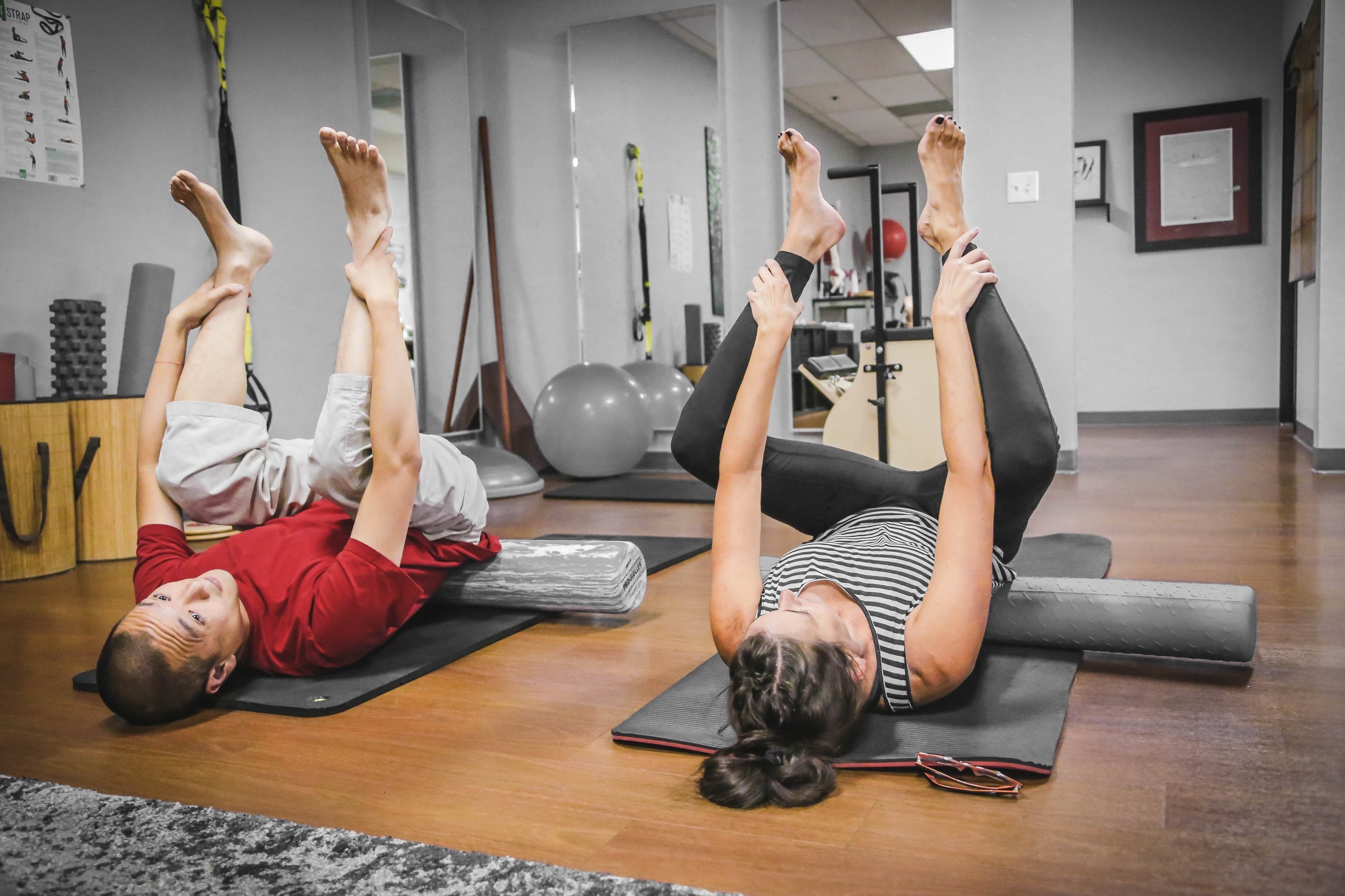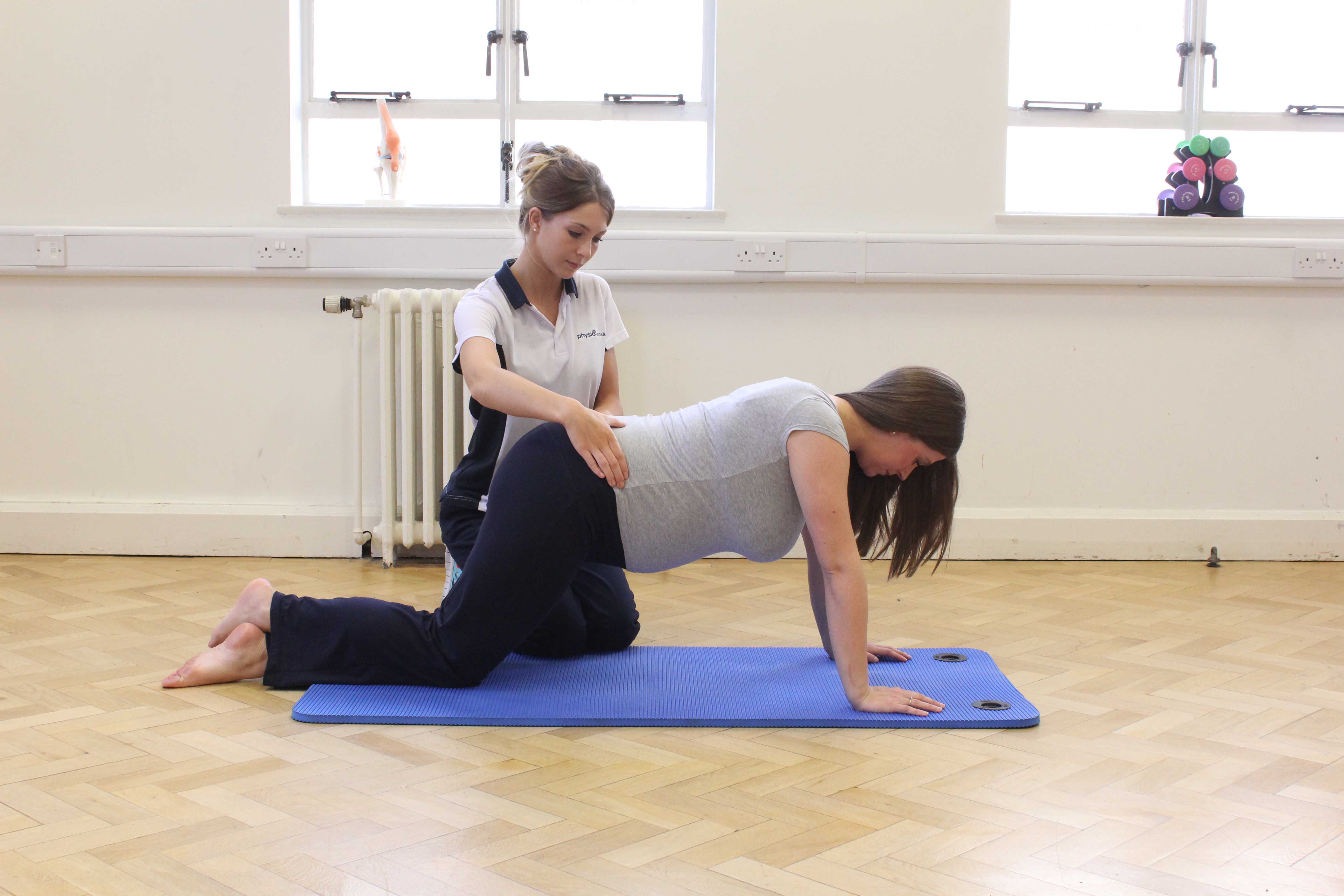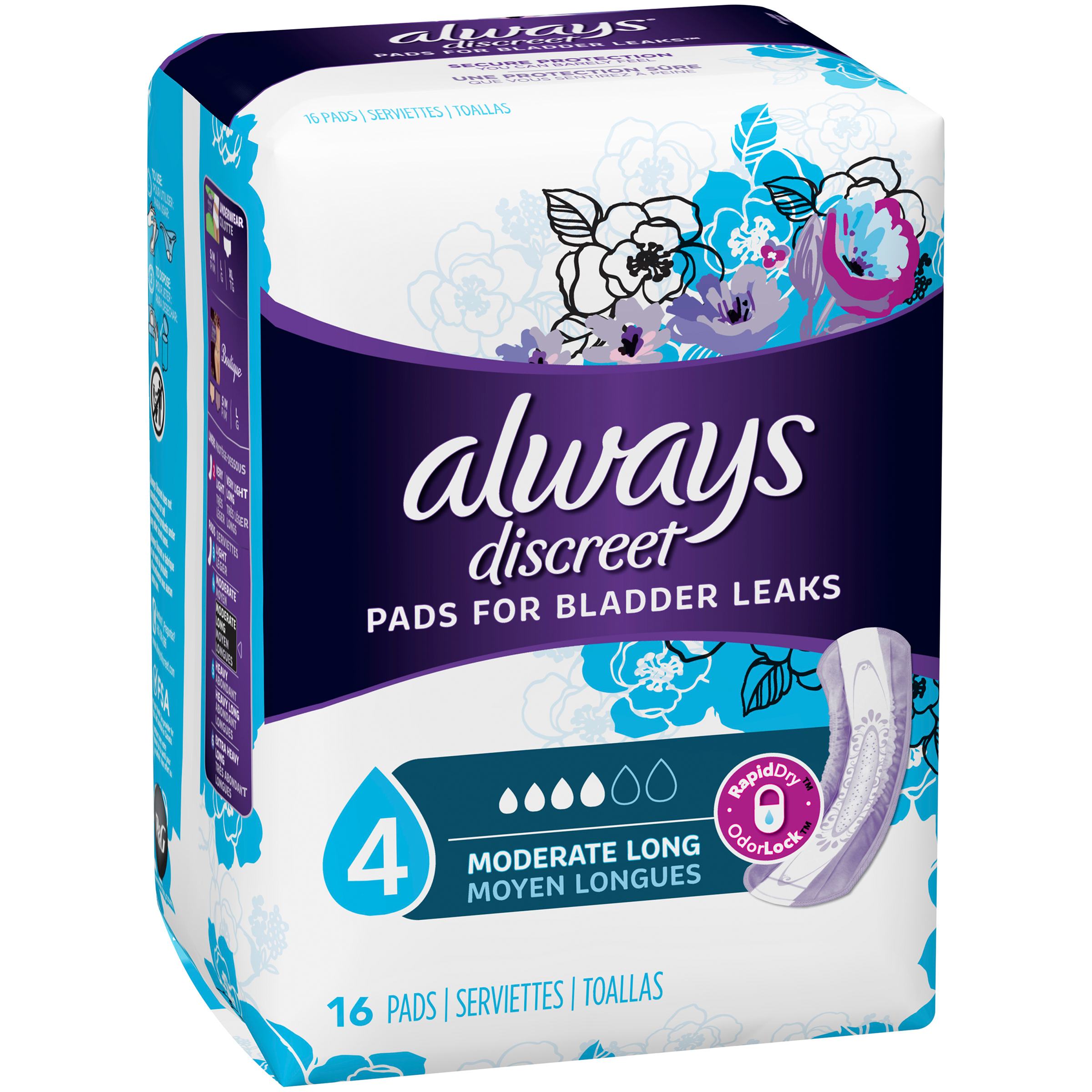
What To Anticipate After Anticipating: Stress And Anxiety Urinary Incontinence
You Feel So Sexless And Filthy: The Ladies Coping With Incontinence After Childbirth Health And Wellness The postpartum period begins right after the baby's delivery normally lasts 6 to 8 weeks, and ends when the mom's body has actually almost gone back to its pre-pregnant state. The postpartum duration is important for both temporary and lasting health and health for a lady and her newborn. This activity must assist the interprofessional group give thorough postpartum care for the brand-new mom. If you're having troubles throughout your postpartum recovery, do not be afraid to contact your healthcare provider at any moment. And don't keep back on sharing your sensations with your companion, or connecting to friend and family members for help with the infant. Your physical and psychological health and wellness is essential, so make certain to offer on your own a break when you require it the most. Consuming carefully during the second trimester of maternity can aid in stopping different problems such as early birth, and preeclampsia. For this reason, it is required to eat food things that are rich in healthy protein, calcium, and folate throughout this moment. As a new mama, it's very easy to really feel distressed and alone after the birth of your baby. You aren't getting adequate rest and your hormonal agents are still trying to level out. Urinary system tract infections (UTIs), bacterial infections of the bladder, prevail wellness conditions ...What Can I Do To Avoid Bladder Troubles After Birth?
The outcome can be urinary incontinence of urine or stool, or prolapse. Provide postnatal treatment in the first 24-hour to all mothers and babies no matter where the birth happens.2. Make certain healthy women and their babies remain at a healthcare center for at the very least 1 day after the distribution. All mothers and newborns need a minimum of 4 postpartum gos to in the very first 6 weeks.4.- You can criticize this typical postpartum signs and symptom on the pregnancy- and delivery-weakened muscle mass around the bladder and pelvis, which might have a more challenging time regulating your flow after giving birth.
- The female pelvic system is a complex network of muscular tissues and nerves, so it's not shocking that delivering can have long-term impacts on a woman's body.
- Whether C-section or typical pregnancy, it is typical to feel discomfort in the lower locations just after the pregnancy.
What Is Urinary Incontinence?
Urinary system incontinence and pelvic organ prolapse are one of the most substantial negative results of giving birth. Genital shipment is linked to a high price of postpartum urinary problems, along with incontinence of stool and unwanted gas. Being expectant and delivering can additionally deteriorate the pelvic flooring-- the supportive hammock constructed from muscle mass and cells that keeps the pelvic organs (the uterus, bladder and bowel) in position. One writer described the experience as a Find out more sensation of regularly remaining on an egg. These are the same muscle mass you agreement when you attempt to quit the circulation of urine midstream or if you were to tighten your vagina around a tampon. Throughout succeeding pregnancies, greater than three quarters develop this issue. However, the majority of the females who have incontinence while pregnant return to full continence after delivery as the tissues of the birth canal recover. Only about 5% of these females still have stress urinary incontinence a year after the shipment. Women with a high BMI, or those that preserve maternity weight gain after the birth of their child( ren), are more likely to experience urinary incontinence and pelvic body organ prolapse (POP) after delivering. Postpartum weight reduction lowers the threat of urinary system incontinence, even if other risk elements such as age and/or type of delivery approach exist. Doing routine Kegel workouts will enhance the pelvic flooring muscle mass and can help to stop urinary system incontinence after childbirth.Discomfort
If you choose to remain, allow health center team recognize when you would love to go home. There are a variety of points that need to be intended and arranged before the morning of your discharge. You prepare to leave health center when you (and your child) are medically fit, can confidently feed your baby and have sufficient home support in position.Exactly how I healed my urinary incontinence?
(Clean Intermittent Self Catheterisation)as an interim step till the problems settle. In some cases incontinence is a temporary problem that will certainly disappear once the cause finishes. This is usually the case when you have a problem like an urinary system system infection(UTI). Once treated, constant peeing and leakage troubles caused by a UTI normally end. Plus, the even more babies a lady has actually supplied, the higher her threat for incontinence. To stop or relieve this type of urinary system incontinence, you need to strengthen the muscular tissues that regulate pee flow. Basic pelvic-floor fortifying exercises, called Kegels, take less than five minutes a day to do. As soon as you pee, remember to empty your bladder every 3 to 4 hours. Urinating big quantities throughout the initial week postpartum is really regular. Putting warm water over the outer area of your vaginal area as you pee might additionally help ease the discomfort.

